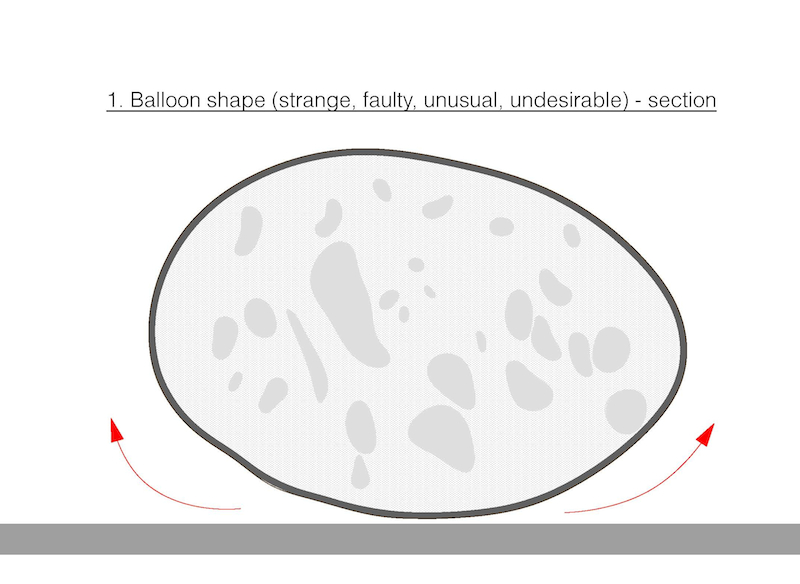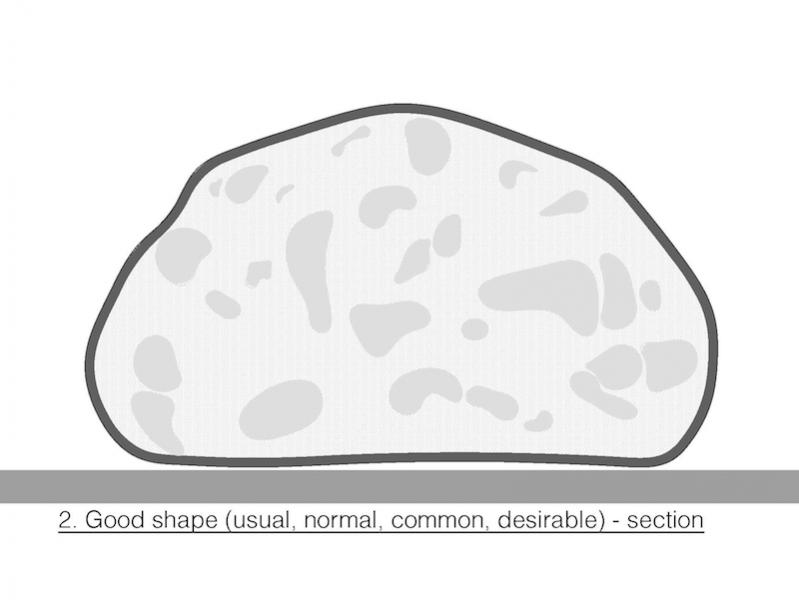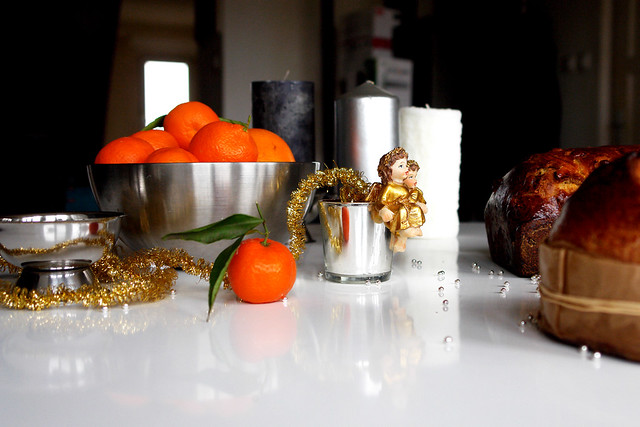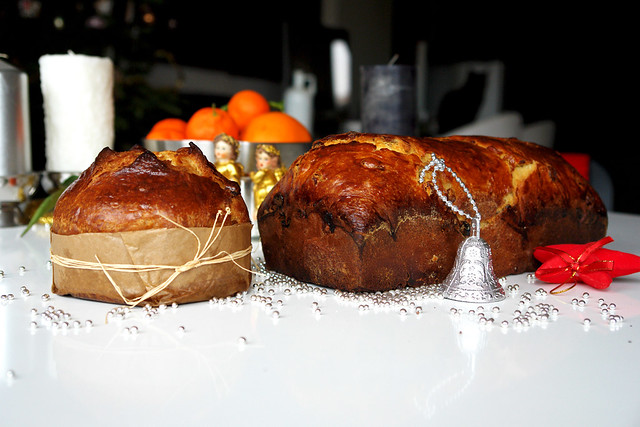codruta's blog
40 Percent Caraway Rye
I'm posting this bread hoping that it will inspire other TFL members to bake it, because it is a great bread. It took me a long time till I decided to make it and now I regret that I haven't done it sooner. Full of flavor, easy to make and friendly with rye beginners, it is light and healthy and for my taste, it's perfect.
I followed mr. Hamelman's formula from "BREAD" page 194, with few modifications:
- I didn't used commercial yeast.
- I increased hydration from 68% to almost 73%.
Three Rye Breads (Einkorn-Rye, 100% Rye and Malthouse-Rye)
A while ago I made my first succesfull 100% rye bread (click to open the post). Since then I kept on baking, different sorts of bread, but never 100% rye again. Afraid of failure? NO. But I'm easily distracted and the list of must-try breads is getting longer and longer everyday and there are too many new formulas that I want to try, so I rarely decide to repeat a recipe. Or at least not very soon after I made it.
It was not the case with today's subject.
My first Desem Bread inspired by Phil's 100% whole-wheat desem bread
I think we all agree Phil's breads are awesome. When I saw his latest post, I instantly decided that I want to make the desem bread... but I didn't have a desem starter, and with 2 active starters in my house, I didn't really wanted to make another starter from scratch. But a couple of days later I saw David's post on the same topic and I followed his example.
my first attempt at 100% rye bread and some up-to-date news
I didn't plan to start this year with a bread I'm not very proud of... but a lot of things happened lately (good things!) and I can't write here as often as I would like.
In February I held a workshop here in town, with 30 participants, a introduction to sourdough bread very well received. You can see pictures here (click for link) and a video (sorry, no English subtitles) here (click for link).
Balloon bread section - good or bad?
I am trying to find the possible cause for this balloon section in a batard loaf. It did not happen to me, but to some of my romanian readers, and I find this to be an intriguing subject to debate. I think the balloon shape is not a quality, but contrary, is unatractive and not to be wanted. Am I wrong?


I tried to figure what are the possible causes for this particular shape and these are my own conclusions:
new book
I want to buy a new book, and I need your opinions to help me decide which one.
1. I need weights for ingredients in metric system. And bakers percentages, if posssible.
2. I want formulas for sourdough breads. I usually don't bake sweet doughs, just plain and lean sourdough breads (but I don't mind if the book has some formulas for croissants, challah, panetone, etc)
3. I don't want a "begginners friendly" book. I want a book for advanced (home) bakers, with technical informations and professional approach.

